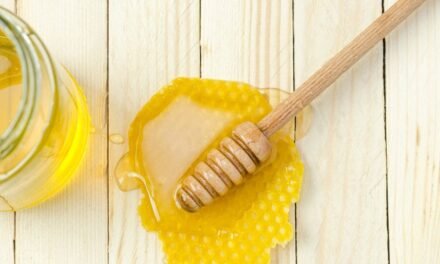“Cellulose nanocrystals derived from cucumber peels can be used for making food packaging material that is biodegradable and has low oxygen permeability.”
Researchers at the Indian Institute of Technology (IIT), Kharagpur have developed eco-friendly food packaging using cucumber peels. According to the team of researchers, cucumber peels have greater cellulose content than other peel waste. Cellulose nanocrystals derived from these peels can be used for making food packaging material that is biodegradable and has low oxygen permeability.
“While consumers are consciously avoiding single-use plastic, they still remain largely in circulation as food packaging items. Natural biopolymers are unable to make their way in this industry as they lack strength, elongation, barrier property, optical property, and in some cases even biological safety,” said Jayeeta Mitra, Assistant Professor, IIT Kharagpur.
Food packaging materials require nano-filler reinforced bio-composites which can be derived from the cellulose widely available from the outer skin of fruits and vegetables.
These cellulose fibres can be used to produce cellulose nanocrystals (CNCs), bio-based nanomaterials with defined nano-scale structural dimensions. They are produced through controlled acid hydrolysis which removes amorphous regions, and produces more crystalline regions.
In India, cucumber finds wide use in salads, pickles, cooked vegetables, or (is even) consumed raw and in the beverage industry, leading to a large volume of peel biowaste rich in cellulose content. Cucumbers generate about 12 per cent residual wastes obtained after processing either the peels or whole slices as waste. We have used the celluloses, hemicellulose, and pectin extracted from this processed material to derive new bio-materials, which are useful as nano-fillers in bio-composites.
Mitra also said, “Our study shows that cellulose nanocrystals derived from cucumber peels possess modifiable properties due to the presence of abundant hydroxyl groups, which resulted in better biodegradability and biocompatibility.”
The study revealed that cucumber peels possessed greater cellulose content (18.22 pc) than other peel waste. It also provided better insights into their crystalline, thermal and colloidal properties of cucumber cellulose.
“This non-toxic, biodegradable and biocompatible product has no adverse effects on health and environment and hence could have a huge market potential by rendering management of organic waste with high cellulose content profitable,” said Sai Prasanna, a research scholar at the institute.
The researchers further made a note for packaging industry players in our country for substantial investments to improve packaging material properties for better sustainability, disposal and decomposition issues. All these demands for biodegradable packaging will propel the nanocellulose market in the coming timeframe contributing towards a sustainable and plastic-free world, opined Prof. Mitra.
“The incremental usage of petroleum-based plastics in food packaging, spanning a few decades, has raised many challenges as these plastics are the indomitable sources of environmental pollution since nearly 60% of it is converted to landfill, and rest is recycled only once. More research and product development focused on various biopolymers from either macromolecules or from the microbial polymers would be able to make the sector acceptable to packing material producers with wider awareness, alternative products at economic prices,” she remarked.
















